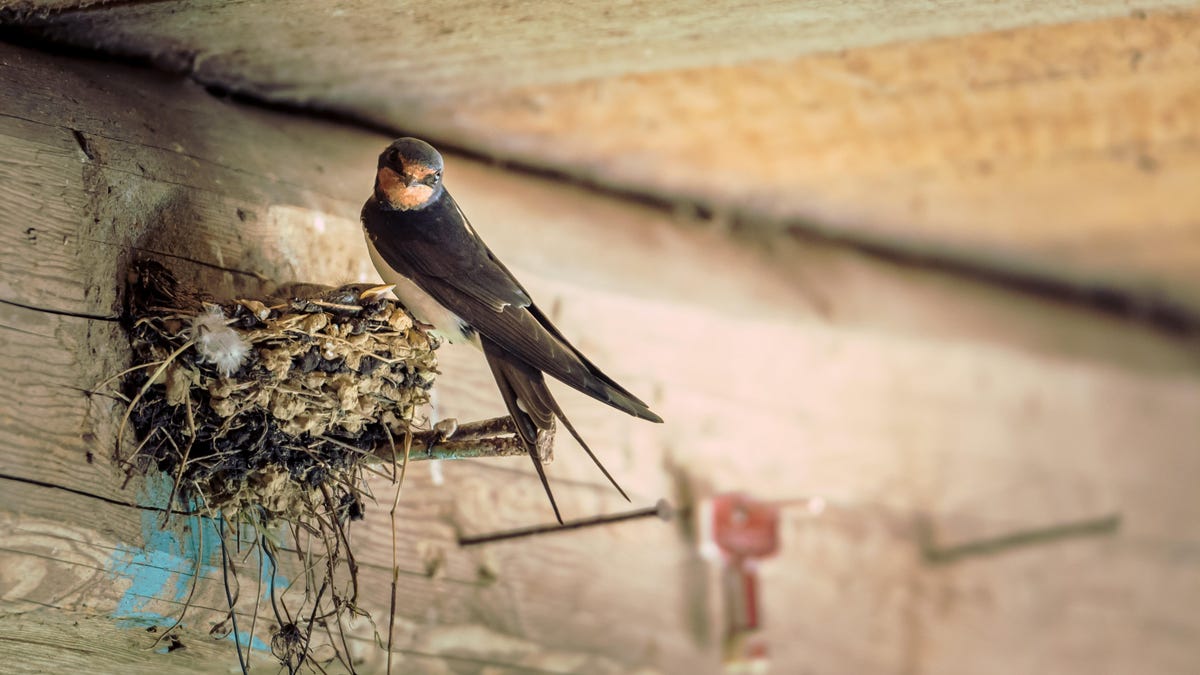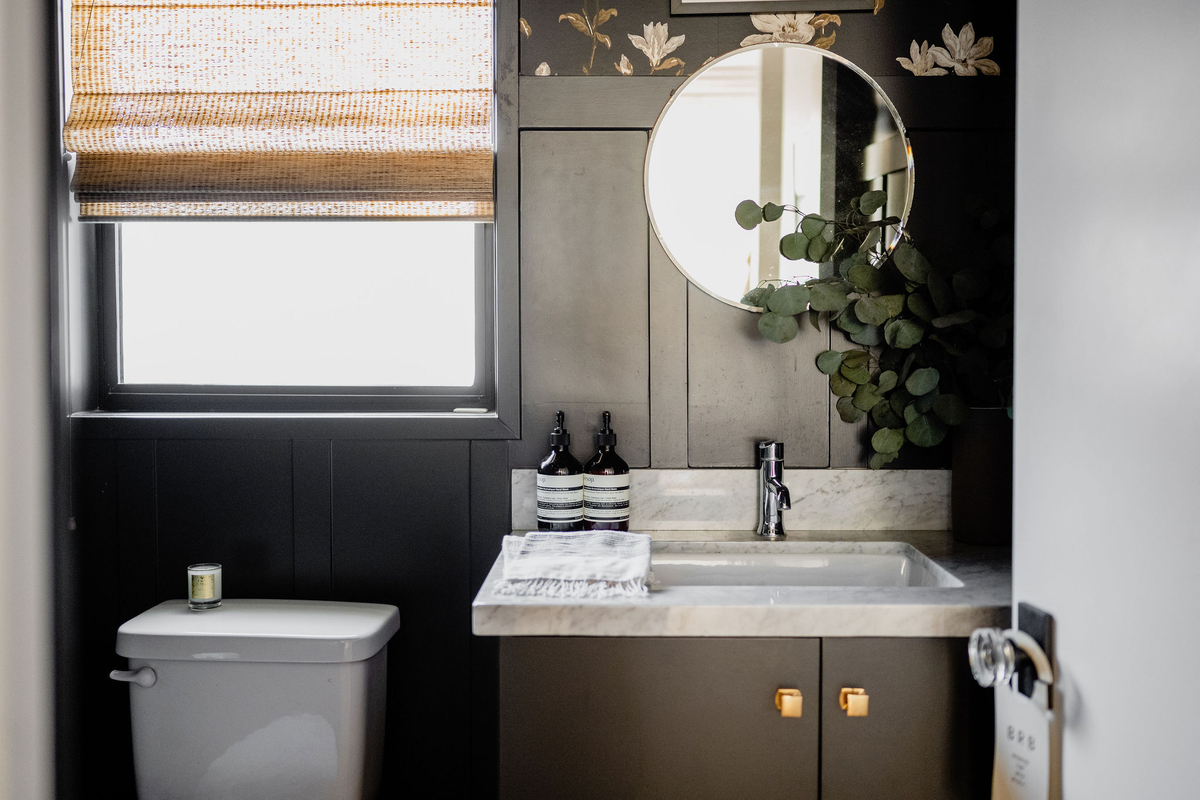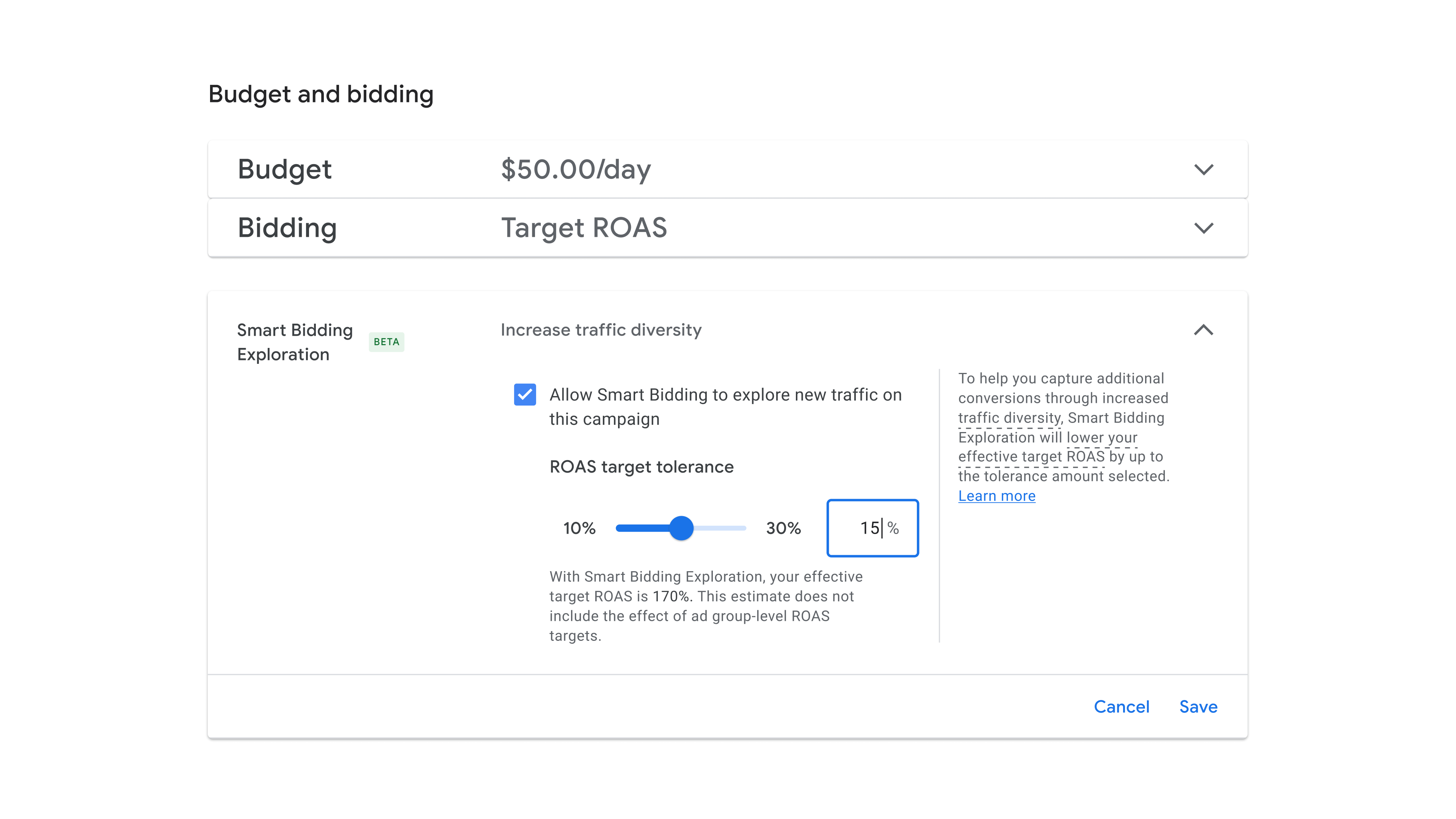How to Stop Birds From Building Nests in the Worst Places
While we might love to watch birds, sometimes they build their nests in dangerous or inconvenient places near our homes. It can be difficult to deal with a recurring bird nest and the mess they can make, not to...


Photo: Viesturs Jugs (Shutterstock)
While we might love to watch birds, sometimes they build their nests in dangerous or inconvenient places near our homes. It can be difficult to deal with a recurring bird nest and the mess they can make, not to mention the danger to them when they nest near vents or fans. There are some humane ways you can discourage birds from nesting, though—here are some things to try if you’ve got unwanted avian guests.
Research the bird species for clues
If you know what your specific species of bird likes to eat and their preferred environment, you can use that information to help deter them. If you’ve got a blackberry bush that your particular unwelcome birds love, you might consider swapping out the bush for something less enticing. Limiting their access to favorite foods is one way to discourage nearby nesting.
You can also prune back trees, bushes, and shrubs because these are places where birds like to hide. Opening up the space gives them less protection, and they might decide it’s not a good place for a nest. Cutting back shrubs and grasses also gives birds less material to nest with, and they might move on to more plentiful areas.
Shore up holes and gaps
Another way to discourage nesting is to eliminate access to inconvenient areas. Using wire mesh to cover vent openings or small openings in attics can keep birds out of these comfy spots and prevent them from building a nest there. You can also use spray foam or wood scraps to fill gaps big enough for birds to get into siding or under eaves. Make sure there aren’t birds already using the spot before you block it off, though.
Add a slope or some uneven surface
To keep birds away from ledges or the tops of railings, you can slope the top so it’s harder to build a nest in that spot. Using springs stretched out across the tops of these surfaces will also discourage nesting; or you could use bird netting strung along the tops of railings or ledges to keep birds away. There are spikes available for this purpose, as well, but these aren’t recommended as they can harm the birds.
Keep birds away with predator “scarecrows”
Using predator-shaped decoys is commonly recommended to keep birds away, but their effectiveness can wear off after a while, so they’re not a permanent solution. Some types of predator scarecrows like owls can have movement built in and might have a slightly longer shelf-life, but once a bird gets used to the shape and observes the lack of danger, they are less likely to be deterred by a scarecrow.
Other visual deterrents can include flash tape, hanging mirrors, or lasers. Really, any shiny object that moves in the wind can help frighten off a bird. However, the same lifespan applies to these deterrents, as well—once a bird becomes familiar with the object, they will ignore it.
Add a bird habitat in another area
For an even kinder approach, providing a better nesting option away from the problem area can help keep birds away from specific spots. If there’s a nook or cranny in a porch or a convenient spot for them that you can’t otherwise discourage them from, consider encouraging birds to nest elsewhere by providing an ideal nesting spot across the yard. Setting up bird houses that are designed for your particular type of bird, or providing a protected area that’s quieter and has less activity close by can help birds make the choice to set their nest up elsewhere.
Do not disturb them
Once a bird has built a nest, it’s important not to disturb it, though. Using tactics that can harm a bird like an aggressive pet or spikes is never recommended. The best way to keep birds from nesting in problem areas is to make the area less hospitable before birds begin building their nests.

 ValVades
ValVades 































